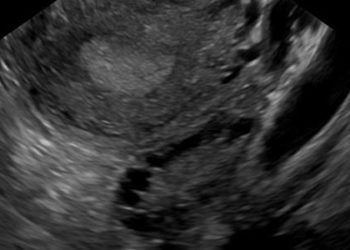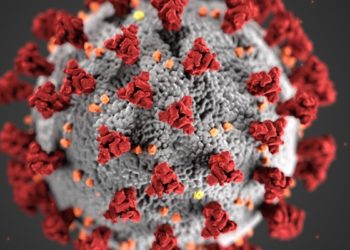Oral glucose tolerance test preferred for pre-diabetes screening in PCOS
Image: PD Human Ovarian Follicle
1. HbA1c and fasting plasma glucose (FPG) demonstrated low sensitivity in detecting pre-diabetes in polycystic ovary syndrome (PCOS) patients.
2. The incidence of pre-diabetes was surprisingly high (7%) in normal weight PCOS patients (BMI < 25 kg/m2).
Evidence Rating Level: 2 (Good)
Study Rundown: This study found that among PCOS patients, HbA1C and FPG were poor detectors of pre-diabetes and showed limited agreement with the screening standard, the 2-hour oral glucose tolerance test (OGTT). Additionally, pre-diabetes was found in 7% of normal weight PCOS patients. This finding suggests that the current American Diabetes Association (ADA) recommendation of screening only PCOS women with body mass index (BMI) ≥ 25 kg/m2 would miss a substantial portion of pre-diabetes cases. Additionally, the results of this investigation suggest that OGTT should be the screening test of choice for pre-diabetes in PCOS patients, a population a higher risk for Type 2 Diabetes, rather than the current ADA guidelines which recommend diagnosis via FPG, HbA1c or OGTT.
Strengths include a large sample size, strict definition of PCOS using Rotterdam criteria, evaluation of standard anthropometric data from all subjects and assessment of pre-diabetes through multiple tests. Limitations include a cross-sectional design and a low prevalence of pre-diabetes and T2DM in the study population, who was also younger and leaner (median age 27, median BMI 24) than the average PCOS patient. Reproducibility of results in a more diverse PCOS patient population would confirm study findings and inform management.
Click to read the study in Human Reproduction
Relevant Reading: American Diabetes Association: Standards of Medical Care in Diabetes-2013
In-Depth [cross-sectional study]: This study compared the utility of HbA1C, FPG and the OGTT in identifying pre-diabetes and T2DM in a cohort of 671 Austrian women being evaluated for PCOS from 2006 to 2012. Diagnosis of PCOS was made using the Rotterdam criteria (2 of the 3 following criteria had to be met: clinical or biochemical hyperandrogenism, oligo- or anovulation and sonographic polycystic ovary morphology, defined as ≥12 follicles, 2-9mm in diameter in at least 1 ovary). Pre-diabetes and T2DM were diagnosed using ADA guidelines (elevated FPG and/or HbA1C and/or 2-hour plasma glucose). Standard anthropometric data, hormone levels, serum lipids, HbA1C, FPG and 2-hour OGTT were assessed in all patients.
HbA1C showed weak agreement with OGTT for diagnosing pre-diabetes (κ 0.36, p<0.001) and had poor sensitivity (25%). Among women whose BMI was <25 kg/m2, sensitivity was even poorer at 4.3%. FPG was also demonstrated weak agreement with OGTT for pre-diabetes diagnosis (κ 0.05, p<0.001) with a sensitivity of 40.8%. When screening for Type 2 Diabetes in contrast to pre-diabetes, results from HbA1C and FPG tests demonstrated higher agreement with OGTT results (κ 0.80, p<0.001 for both) and improved sensitivity (66.7% for both).
By Denise Pong and Leah Hawkins, MD, MPH
More from this author: Vaginal misoprostol improves ease of IUD insertion, C-section surgical techniques yield equivalent outcomes, Patient centeredness poor predictor of fertility care dropout
© 2013 2minutemedicine.com. All rights reserved. No works may be reproduced without written consent from 2minutemedicine.com. Disclaimer: We present factual information directly from peer reviewed medical journals. No post should be construed as medical advice and is not intended as such by the authors or by 2minutemedicine.com. PLEASE SEE A HEALTHCARE PROVIDER IN YOUR AREA IF YOU SEEK MEDICAL ADVICE OF ANY SORT. Content is produced in accordance with fair use copyrights solely and strictly for the purpose of teaching, news and criticism. No benefit, monetary or otherwise, is realized by any participants or the owner of this domain.







